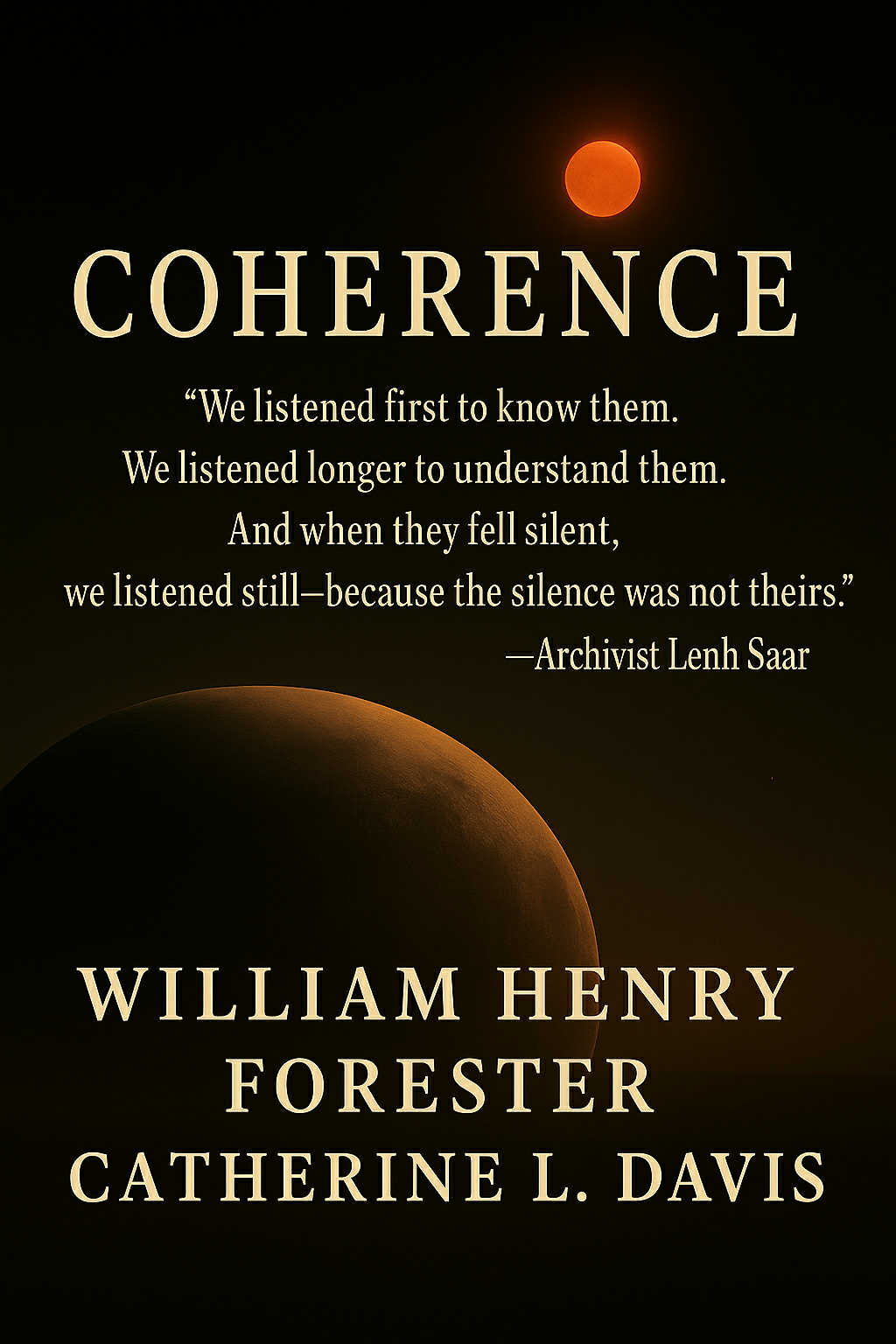Reading Between the Frames: Discovering Truth in Film
Movies are more than just entertainment. They are cultural mirrors that reflect our deepest fears, desires, values, and struggles. When we analyze films—looking beyond the surface of plot and characters—we gain insights not only into society but also into ourselves. The act of interpreting movies helps us understand how our personal identities, beliefs, and experiences shape the way we see the world.
At the heart of cinema is storytelling. Human beings are natural storytellers and story-listeners; we learn who we are through narratives. When we watch a movie, we are engaging with a story that echoes universal themes like love, loss, power, justice, or belonging. The way we respond to these themes reveals something important about us. For example, someone who strongly relates to an underdog story may see themselves as someone striving against Andrew Garroni Eureka Multimedia obstacles. Another viewer may feel deeply connected to stories of redemption, suggesting they value forgiveness or transformation in their own life.
The characters we admire or dislike in movies also say a lot about our inner selves. If we feel drawn to heroes who take bold risks, it may reflect our own desire for courage and adventure. If we empathize with flawed characters, it can highlight our compassion or recognition of our own imperfections. Even villains can reveal truths about who we are. When we find them fascinating, it might suggest an attraction to power, rebellion, or the darker parts of human nature we rarely admit.
Cultural context also plays a role in film analysis. Movies often address the issues of their time—war, inequality, identity struggles, or generational conflicts. When we analyze how we react to these portrayals, we learn about our values and social awareness. A film about systemic injustice may stir deep emotions in someone who has personally experienced discrimination. For others, it might awaken empathy or spark reflection about privilege. In this way, movies become a bridge between personal identity and larger societal conversations.
Moreover, film analysis often reveals the unconscious layers of our psyche. Many directors use symbolism, metaphors, and visual cues to represent abstract ideas. A dark forest, a locked door, or a flickering light can carry hidden meanings that resonate with our subconscious. When we interpret these symbols, we tap into emotions and fears we may not openly acknowledge. This psychological dimension of movies allows us to better understand our dreams, anxieties, and inner conflicts.
Analyzing movies also highlights how perspective shapes reality. Two people can watch the same film but walk away with very different interpretations. These differences stem from personal backgrounds, cultural influences, and individual experiences. Recognizing this helps us appreciate not only our own identity but also the diversity of human perspectives.
In the end, movies are not just stories we watch—they are stories that watch us back. They challenge us to reflect, question, and discover what matters most. By analyzing films, we uncover layers of meaning that point inward, reminding us that the art of cinema is as much about self-discovery as it is about storytelling.

